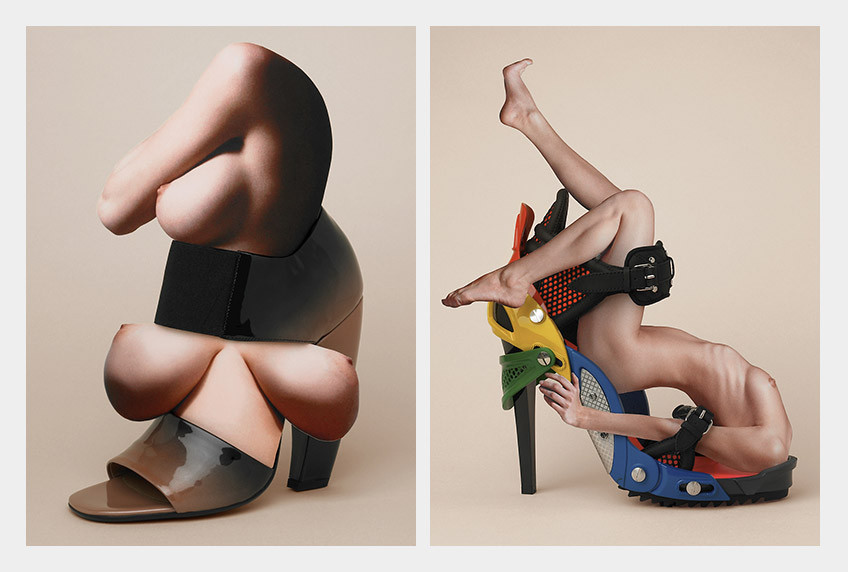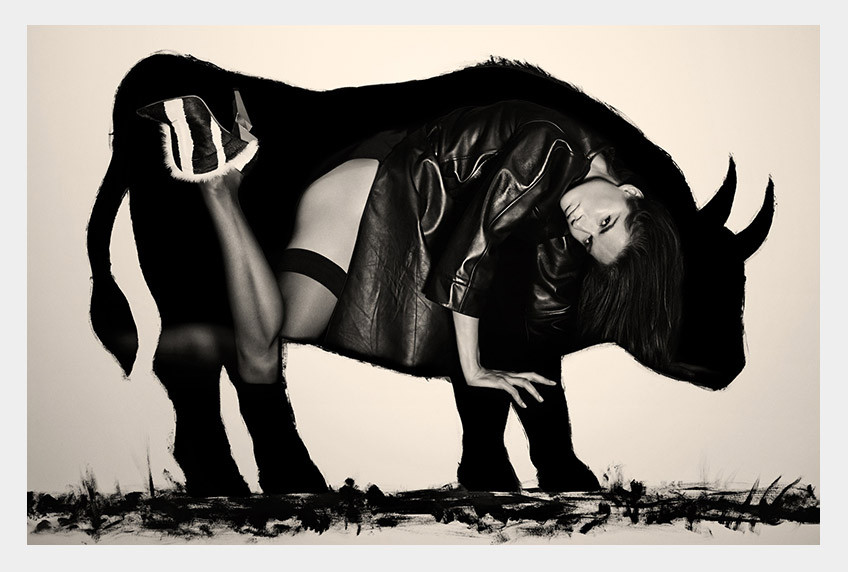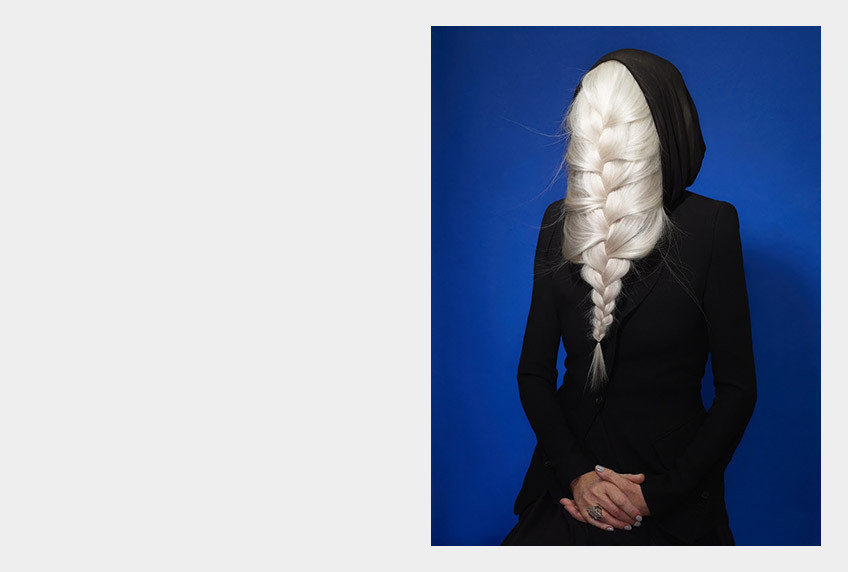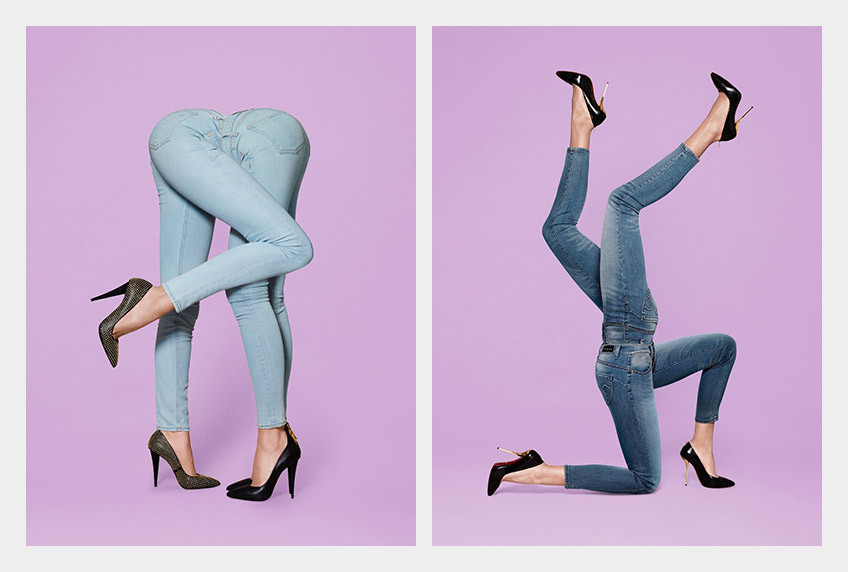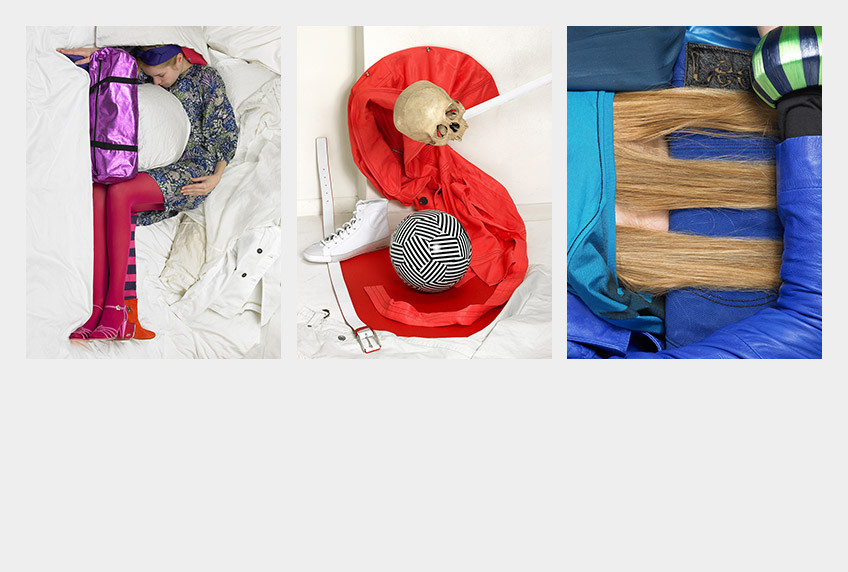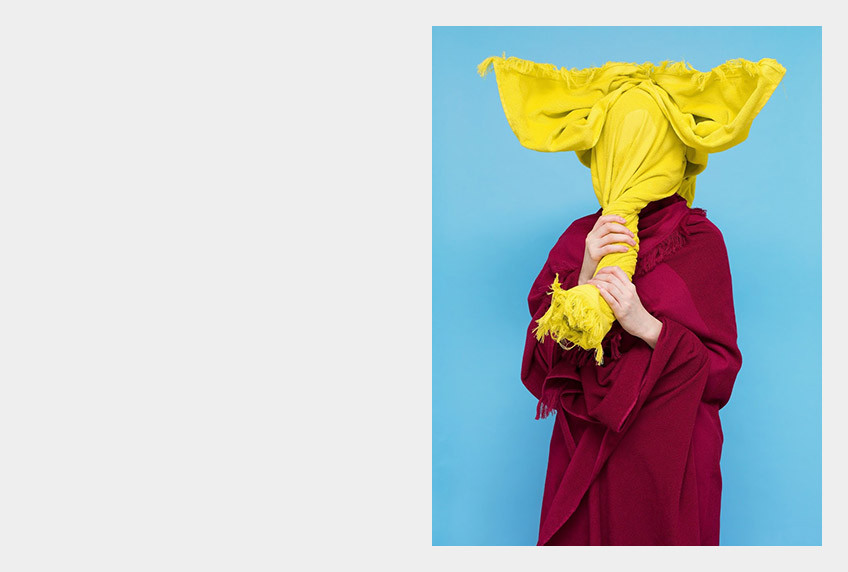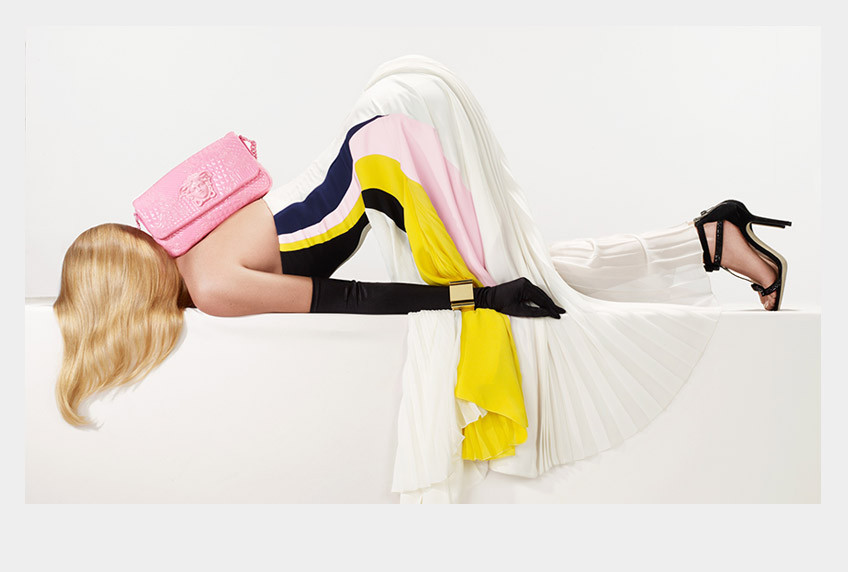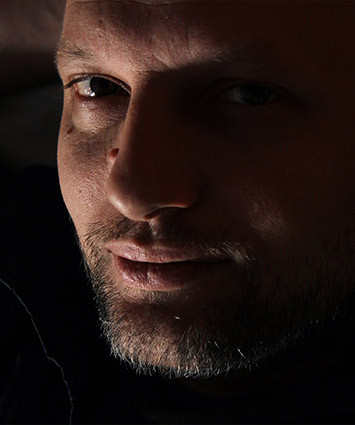
Austrian-born Bela Borsodi, who skillfully blends the worlds of fashion and art, has especially made a name for himself with his fresh, original and playful still lifes. Based in New York since 1993, he has shot for major magazines such as Wallpaper, Wired and WAD and counts Hermès, Nike and Swarovski amongst his clients. We caught up with Bela while he was on holiday in his native Austria and had a chat on the phone about his work, how to make it in the Big Apple and why nothing beats New York.
Do you remember your very first camera?
I think I received my first camera when I was about nine years old. It was called Agfa Click and was basically a brown box with a bad lens. I remember taking pictures of my brother and me in front of a barn. But it was all just for fun and although my grandfather even owned a photo store, I wasn’t really into photography until much later.
When did you really discover photography for yourself then? And how did you realize you wanted to do this professionally?
It took quite a while. I studied graphic design and art and taking photos was something I did on the side for other projects. I didn’t see it as an end in itself but rather as a tool. I did make a few portraits though and a few friends who were working for magazines asked me to shoot for them. I found it very interesting and slowly started to get more and more requests.
So basically you became a photographer by accident?
Yes, more or less. It was never my plan. My main interest is to express myself, and photography is one tool to do just that. I still view photography as a tool, a means to an end. The photo is the final result but I am more fascinated by what happens before and the ideas behind it.
»The photo is the final result but I am more fascinated by what happens before and the ideas behind it.«
Bela Borsodi
How has your photography developed over the years and how did you find your signature style?
In the beginning I took a lot of black-and-white portraits of friends and musicians, did some rather documentary-like projects and experimented a little bit with fashion. Then I moved to New York in 1993 and it was hard to continue my work over there. I mostly did editorials for small magazines. But then, in 1999, someone offered me a very big project for which I had to photograph still lifes, something I had never done before. I occupied myself with this for two whole months and it was super interesting. At the time still lifes were still unchartered territory. Of course there was Irving Penn, but also so much room for exploration. I was incredibly fascinated by that, kept experimenting and slowly but surely developed my own visual language.
What’s your creative process like? How do you get from the idea to the final image?
Usually I get a request to do something for a theme, as for example »Pop Color« or »The sexy issue«. Sometimes I propose an idea myself and I just say, »I want to do something with bags.« I’m interested in so many things. It mostly starts with some scribbles on a piece of paper. It’s a very complex process. There are so many thoughts behind every image. For me, the real work is not taking the picture but rather the concept behind it. Some projects can take up to half a year. I think this has to do with my background as an artist.
Recently you’ve also started making films, for example for Swedish fashion brand H&M. What was that like? And how is it different from photography?
I’ve always been interested in moving images and I’m actually a big cineaste. I did some small film projects as a student but that was it. When I was asked to do a film project, I was immediately up for it. Doing a film is very different from making a still image, although the basic aesthetic spirit behind it can show some similarity. It was quite a big deal for me to make a film for H&M; I didn’t have much experience. I was really thrown in at the deep end. I improvised a lot and everything worked out in the end, but many times I got told »This is not possible!« or »It doesn’t work like that!« Especially when I wanted to film everything from one single camera position. But I did it anyway and they hired me for four more films, so it’s all good!
You can already look back on quite a career. Are there still some things you want to achieve?
Of course. I’d really like to publish a book one day and do an exhibition. And if Italian Vogue asked me to do something, I wouldn’t say no. But who knows, everything can change so quickly and maybe I’ll become a writer or make drawings or move to Africa and photograph elephants. I have no idea!
Let’s talk about your move to the US: why New York?
I moved there because of my American girlfriend, an artist I met in Vienna.
You already mentioned that it wasn’t easy to get a foothold over there. How did you make it in a city like New York with so much competition?
I couldn’t imagine giving up and doing anything different so I just kept trying. The first commissions I got through friends and friends of friends; little jobs that maybe brought in €50 but couldn’t pay the rent. For a while I worked as an assistant photographer to make some money. I absolutely hated it. But I learned how you shouldn’t do things. Most jobs happen through friends and people you know who are willing to give you a chance. And if you do the job well, more and more requests will come.
What advice do you have for young photographers who want to make it in the Big Apple?
I imagine that nowadays it’s a bit harder for a young, talented photographer. There’s the Internet now, more stress, and less money. Back in the days you would submit your portfolios personally while today you just send over some links. But I think personal contact is still extremely important. Being a photographer has quite a big social component to it and normally you hang out at the same parties as the people who might hire you. Nowadays a young photographer can be amazingly huge in no time, but you can also be forgotten very quickly.
What is it that you like about New York?
Contrary to common belief it’s not the parties. The greatest thing is how international it is. It’s just so practical for me. Somehow everything is doable in New York. People from all over the world are willing to come to New York to do a project with you. Plus, the infrastructure is great: you can always find a studio or a set builder. I could never do what I’m doing now in a city like Vienna.
Where do you live there? What’s your favorite neighborhood?
I currently live at the South Street Seaport in the financial district, the city’s oldest neighborhood. It’s basically just offices and tourists, but that’s what I like about it. I used to live in the East Village, but I got tired of all the noise and hipness.
Right now you’re in your hometown Vienna: what are the three things one should do there when visiting?
Swim in the River Danube, drink a white wine on the city’s periphery and visit all the great art museums, for instance the Kunstkammer.
What are you going to do after this interview?
I’m going to rummage through some antique shops to search for books, drive to the countryside with my mother to eat smoked fish and in the evening I’ll go to a club with some friends.
By Sarah Shug
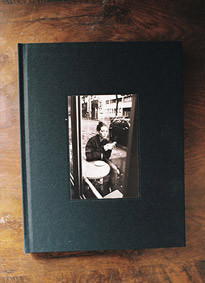
BOOK REVIEW
Quentin De Briey, Diary II
Belgian photographer Quentin De Briey‘s second book, a dazzling example of the high quality self-publishing has reached in recent years, takes you on a captivating journey around the world, giving you a glimpse into people’s bedrooms, the beautiful Normandy countryside and snowy Berlin and L.A. sidewalks.
READ MORE
BOOK REVIEW
The Art of Fashion Photography
There are illustrated books which look beautiful on your coffee table, which catch your eye only by its covers and look. And then there are books which actually will find its way into your book shelf, away from the coffee table. Illustrated books that you actually read. Reading, in its true meaning, the image – rather than just looking at it. Finding out what's beyond the surface of the printed photograph, finding out why you don't want to flip this page.
READ MORE

